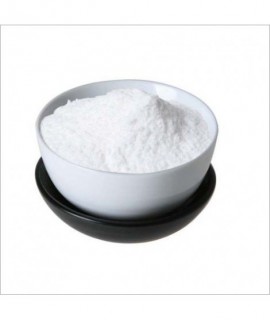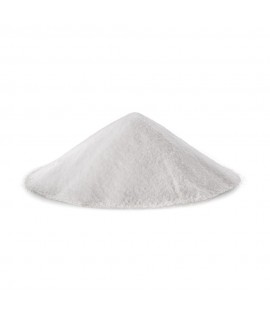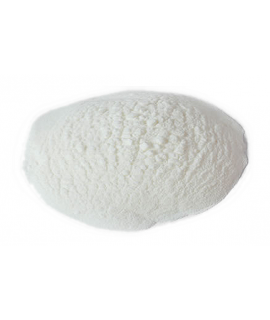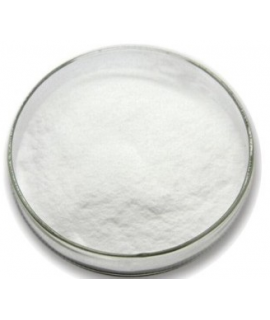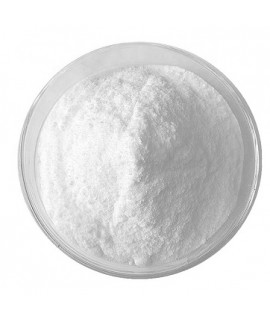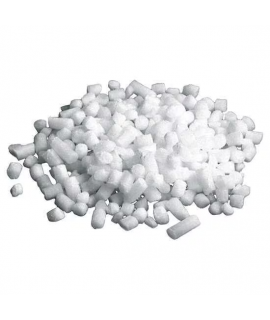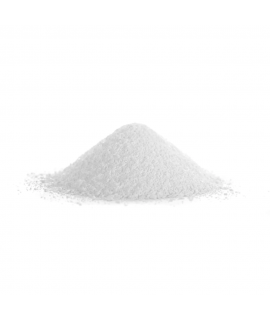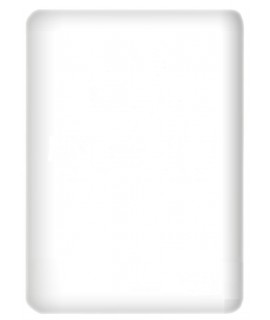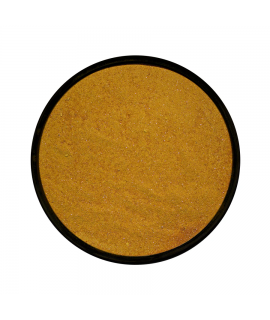Carbonates and carboxylates are compounds containing a carboxylic functional group (–COOH), which is characteristic of organic acids. This group consists of a carbonyl (C=O) and a hydroxyl... Carbonates and carboxylates are compounds containing a carboxylic functional group (–COOH), which is characteristic of organic acids. This group consists of a carbonyl (C=O) and a hydroxyl (–OH) group attached to the same carbon atom.
When a carboxyl group combines with metal ions, such as sodium or calcium, carbonates are formed, which are usually classified as inorganic compounds. Larger organic compounds with this functional group are called carboxylates – these are salts or esters of a carboxylic acid that have an inorganic or organic cation.
Properties and Uses of Carboxylates
Carboxylates can function as surfactants – they reduce the surface tension between different phases. They can also act as chelators – compounds that bind metal ions and stabilize solutions.
Depending on the molecule's size and structure, the solubility and chemical properties of carboxylates change. Long carbon chains are more soluble in organic solvents, while shorter ones are more soluble in water. Additionally, some carboxylates have additional functional groups and can therefore be used as thickeners, solvents, or special polymers.
Due to these properties, carboxylates are widely used in pharmaceuticals, cosmetics, textile processing, and other industrial fields where their complexing and surface-active functions are important.
Read more... 
